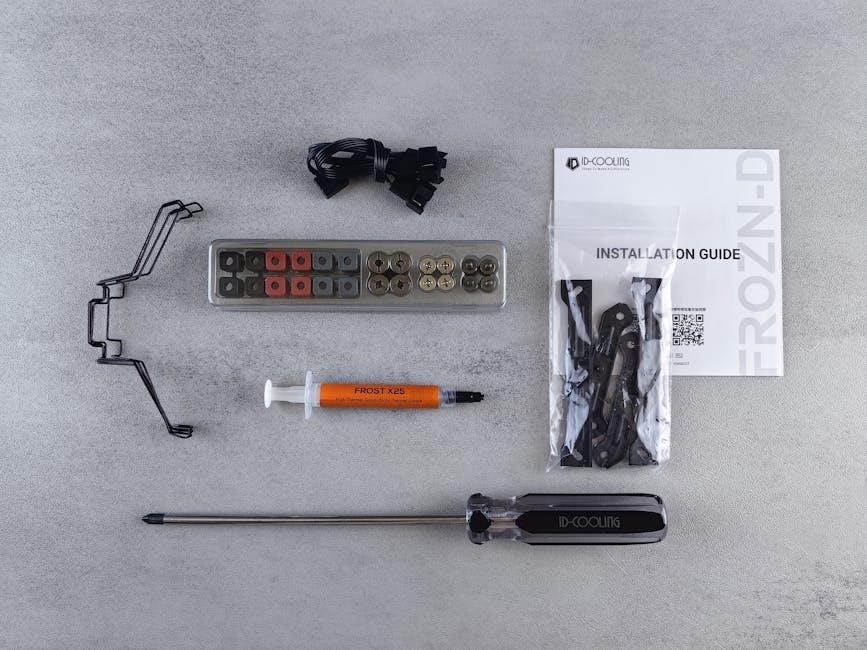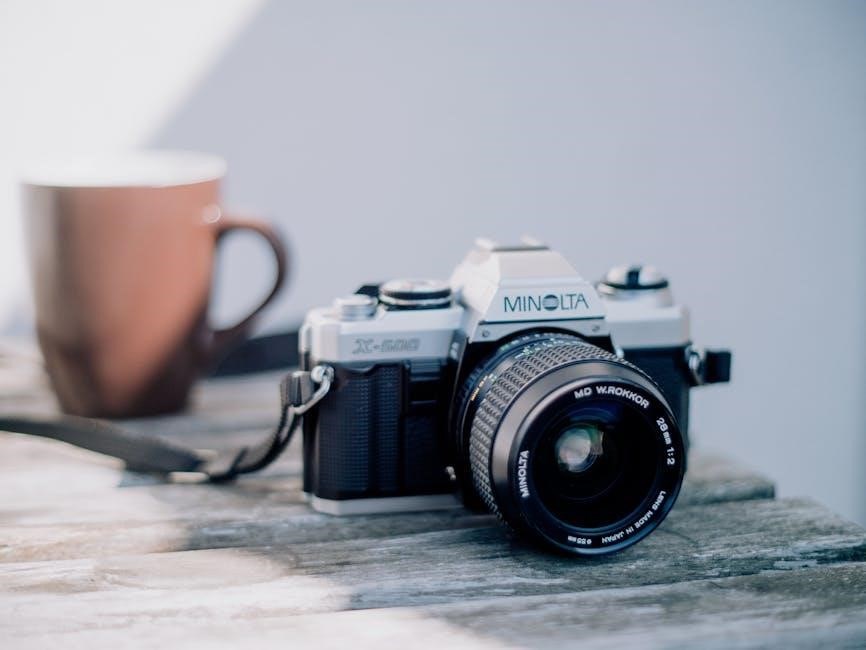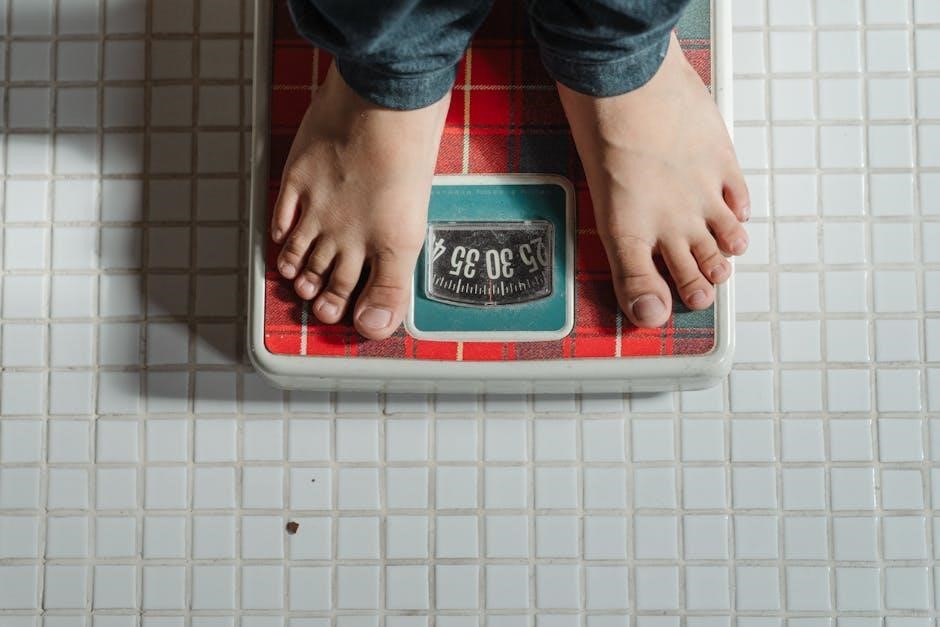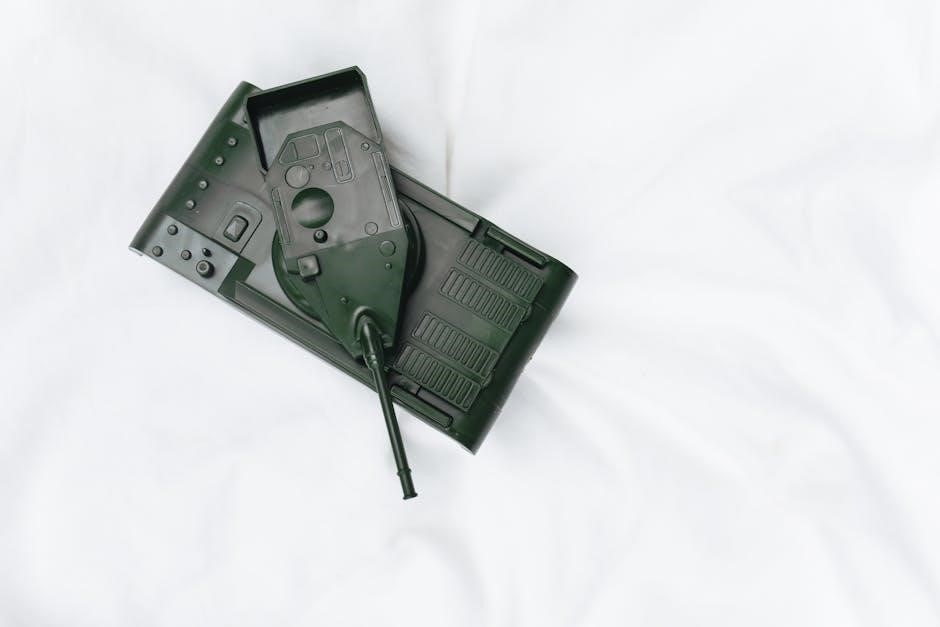eyedrop guide
Eye drops are liquid medications applied directly to the eyes to treat various conditions. They are a common, effective, and safe way to address eye health issues.
1.1 What Are Eye Drops?
Eye drops are medicated or lubricating liquids applied directly to the eyes. They are used to treat conditions like dryness, allergies, inflammation, or infections. Available in prescription or over-the-counter forms, they are designed to deliver targeted relief directly to the eye surface, ensuring effective treatment with minimal systemic absorption.
1.2 Importance of Proper Usage
Proper use of eye drops ensures effectiveness and safety. Wash hands before application, avoid touching the dropper, and follow dosage instructions; Correct technique prevents contamination and reduces side effects. Consistent use as directed helps maintain eye health and addresses conditions effectively, minimizing risks and optimizing treatment outcomes.

When to Use Eye Drops
Eye drops are used for medical conditions like glaucoma, allergies, and dry eyes. They are also applied preventatively to lubricate and protect the eyes from irritation;
2.1 Medical Conditions Requiring Eye Drops
Eye drops are essential for treating conditions like glaucoma, dry eye syndrome, and allergic conjunctivitis. They reduce inflammation, lower intraocular pressure, and provide lubrication. Prescribed drops often target specific issues, such as infections or corneal injuries, delivering medication directly to the eye for effective relief.
2.2 Preventative Use for Dry Eyes
Regular use of artificial tears can prevent and relieve dry eyes, keeping them lubricated. Even when eyes feel fine, consistent application maintains moisture, reducing discomfort and potential damage from dryness. This proactive approach is especially beneficial for individuals in dry environments or those with prolonged screen use.

How to Use Eye Drops Correctly
Wash hands, tilt head, and gently pull the lower lid. Shake the bottle, then place one drop in the eye without touching the tip.
3.1 Preparing to Administer Drops
Before using eye drops, wash your hands thoroughly. Ensure the dropper tip does not touch your eye, eyelid, or fingers to avoid contamination. Shake the closed bottle gently once. Lie down or tilt your head back to make administration easier and reduce the risk of missing the eye.
3.2 Step-by-Step Application Process
Tilt your head back and pull the lower eyelid down to create a pocket. 2. Look upward and squeeze one drop into the pocket without touching the dropper to your eye. 3. Release the lid and close your eye gently for a few seconds. 4. Do not rub your eye or blink forcefully after administration.
3.5 Tips for Avoiding Contamination
Always wash your hands before handling eye drops. Avoid touching the dropper tip to your eye, eyelid, or fingers. Replace the cap immediately after use to prevent dust or germs from entering. Store the bottle in a clean, dry place and never share eye drops with others to minimize contamination risks.
Dosage and Timing
Eye drops are typically used 1-4 times daily, with dosage varying by condition. Always follow your doctor’s instructions or the medication leaflet for specific timing and amounts.
4.1 Understanding Prescribed Dosage
Understanding your prescribed dosage is crucial for effective treatment. Eye drops are typically administered 1-2 drops per eye, 1-4 times daily. The exact dosage depends on the condition being treated and the medication’s strength. Always follow the instructions provided by your doctor or the medication’s packaging to ensure proper usage and avoid overuse.
4.2 Frequency of Application
Eye drops are typically applied 1-4 times daily, depending on the condition. For example, dexamethasone eye drops may be used every 4-6 hours, while others are applied twice daily. Consistency is key for effectiveness. Always follow the prescribed schedule and consult your doctor if unsure about the application frequency.
Safety and Precautions
Always wash hands before use, avoid touching the dropper tip, and ensure the bottle is clean. Monitor for side effects like redness or irritation.
5.1 Common Side Effects
Common side effects of eye drops include mild stinging, redness, or blurred vision. These effects are usually temporary and subside quickly. In some cases, users may experience tearing or sensitivity to light. If these symptoms persist or worsen, consult your healthcare provider to ensure the drops are suitable for your condition and adjust usage if needed.
5.2 Allergic Reactions and Warnings
Allergic reactions to eye drops can include itching, swelling, or increased redness. If you experience severe symptoms, discontinue use and consult your doctor. Certain conditions, like acute angle-closure glaucoma, may not be suitable for specific drops. Always review warnings and contraindications, especially during breastfeeding, as some medications may affect infants. Ensure proper consultation before use.
Types of Eye Drops
Allergic reactions to eye drops may cause itching, swelling, or redness. Severe reactions require immediate medical attention. Some drops are unsuitable for conditions like acute angle-closure glaucoma. Always review warnings, especially during breastfeeding, as certain medications may affect infants. Consult your doctor before use to ensure safety and avoid potential risks.
6.1 Prescription vs. Over-the-Counter
Prescription eye drops are tailored for specific medical conditions, such as glaucoma or severe allergies, and require a doctor’s approval. Over-the-counter (OTC) drops, like artificial tears, are available for general use, often for dry eyes or minor irritation. Always consult a doctor before using prescription drops, especially during breastfeeding, as some may pose risks to infants. OTC drops are generally safe but less potent.
6.2 Specialized Drops for Specific Conditions
Specialized eye drops target specific conditions, such as glaucoma, allergies, or corneal injuries. For example, dexamethasone drops reduce inflammation, while dorzolamide lowers eye pressure in glaucoma. Maxidex treats allergic reactions and chemical burns. Always use these under medical guidance, as they may have side effects or interact with other medications. Proper usage ensures effectiveness and safety for conditions like dry eyes or blepharitis.

Hygiene and Storage
Wash hands before use. Keep the dropper clean and avoid touching the tip. Store eye drops in a cool, dry place, away from direct sunlight.
7.1 Keeping the Dropper Clean
Always wash your hands before handling the dropper. Avoid touching the tip to your eyes, eyelids, or fingers to prevent contamination. Wipe the dropper with a clean tissue if necessary, but never rinse it with water. This ensures the eye drops remain sterile and effective for treating your eyes safely and hygienically.
7.2 Proper Storage Conditions
Store eye drops in a cool, dry place away from direct sunlight. Keep the bottle tightly closed to maintain sterility. Avoid storing in bathrooms due to moisture. Ensure the temperature remains between 15°C and 25°C. Do not refrigerate unless specified. Always keep out of children’s reach to prevent accidental ingestion or misuse.

Using Eye Drops with Other Medications
Always inform your doctor about other medications you’re using, as eye drops can interact with them. Potential drug interactions may affect treatment efficacy or cause side effects.
8.1 Potential Drug Interactions
Certain medications, such as beta-blockers or steroids, may interact with eye drops. These interactions can alter efficacy or increase side effects. Always consult your doctor to ensure safe usage and adjust dosages if necessary.
8.2 Consulting Your Doctor
Always consult your doctor before using eye drops, especially if taking other medications or breastfeeding. Inform your doctor about any medical conditions, as some eye drops may not be suitable. They will advise on proper usage and monitor potential interactions to ensure safe and effective treatment.

Eye Drops for Specific Needs
Eye drops are tailored for children, breastfeeding mothers, and seniors, addressing unique requirements for each group to ensure safe and effective treatment.
9.1 For Children
Eye drops for children are designed for sensitive eyes, with gentle formulas to avoid irritation. Always consult a pediatrician to determine the right type and dosage. Administer drops when the child is calm to minimize spills. Parents should follow the doctor’s instructions carefully and monitor for any signs of discomfort or allergic reactions.
9.2 During Breastfeeding
Women using eye drops while breastfeeding should consult their doctor first. Some medications may pass into breast milk, potentially harming the infant. Always check for safety and follow medical advice to ensure both mother and baby’s well-being.
9.3 For Seniors
Senniors may need extra care when using eye drops due to potential interactions with other medications or age-related eye changes. They should consult their doctor before starting any new drops, ensuring safe and effective treatment. Regular monitoring is crucial to maintain eye health and prevent complications;
Common Mistakes to Avoid
Common mistakes include touching the dropper tip, overusing drops, and not following instructions. These errors can lead to contamination or reduced effectiveness of treatment.
10.1 Overuse of Eye Drops
Overusing eye drops can lead to rebound dryness, dependency, or even worsened symptoms. Always follow the prescribed dosage and avoid using drops more frequently than recommended. Using drops excessively, especially without medical advice, can cause long-term eye health issues. Stick to the suggested schedule and consult your doctor if symptoms persist or worsen.
10.2 Touching the Dropper Tip
Touching the dropper tip to your eye, eyelid, or fingers can introduce bacteria, leading to contamination and potential infections. Always keep the tip clean and avoid contact with any surfaces to maintain sterility. This simple precaution helps ensure the drops remain safe and effective for your eye health.
Troubleshooting
Troubleshooting common issues ensures effective treatment. Address missed drops, discomfort, or irritation promptly to maintain eye health and avoid complications.
11.1 If a Drop Misses the Eye
If a drop misses the eye, remained calm. Gently wipe away excess with a clean cloth. Do not rub your eye, as this may cause irritation. Repeat the process carefully to ensure proper application. Missed drops are common but should be addressed promptly to maintain treatment effectiveness and avoid waste.
11.2 Experiencing Discomfort
If discomfort occurs after using eye drops, such as stinging or redness, it is often temporary and mild. Ensure the drops are not expired and were administered correctly. If discomfort persists, discontinue use and consult your healthcare provider. Allergic reactions or improper technique may cause irritation, so verifying the cause is essential for proper resolution.

Emergency Use of Eye Drops
In emergencies like chemical exposure, flush eyes with water immediately. For severe allergic reactions, use antihistamine drops if available. Seek medical help promptly.
12.1 Chemical Exposure
In case of chemical exposure, immediately flush the affected eye with clean water for at least 15 minutes. Use eye drops specifically designed for chemical exposure if available. Avoid rubbing the eye, as this can worsen damage. Seek immediate medical attention to prevent long-term vision impairment. Delayed treatment can lead to severe complications, including corneal burns or vision loss.
12.2 Severe Allergic Reactions
For severe allergic reactions, administer antihistamine eye drops immediately to reduce swelling and itching. If symptoms persist or worsen, seek emergency medical care. Severe reactions may require additional treatment, such as oral antihistamines or corticosteroids. Always consult a healthcare professional for proper diagnosis and treatment to ensure eye health and prevent complications. Prompt action is crucial to avoid prolonged discomfort or vision issues;
Eye drops are a vital tool for maintaining eye health. Proper usage and adherence to guidelines ensure effectiveness and safety. Consistent use can significantly improve eye comfort and vision clarity.
13.1 Summary of Key Points
Eye drops are essential for treating various eye conditions. Proper administration, adherence to dosage, and storage guidelines are crucial. Always consult a doctor before use, especially for children, breastfeeding mothers, or seniors. Maintain hygiene to prevent contamination. Regular monitoring ensures effectiveness and safety, while avoiding common mistakes like overuse or touching the dropper tip enhances overall eye health management.
13.2 Encouragement for Proper Usage
Consistently using eye drops as directed is crucial for maintaining eye health and preventing complications. By following proper techniques and schedules, you protect your vision and ensure medication effectiveness. Stay proactive, monitor progress, and consult your doctor if needed. Proper usage not only treats conditions but also enhances overall eye well-being, promoting clarity and comfort for years to come.

Additional Resources
Explore recommended reading from credible sources like the National Eye Institute or your pharmacist for detailed guides. Visit trusted websites for additional support and expert advice;
14.1 Recommended Reading
For reliable information, visit WebMD or Moorfields Eye Hospital NHS Foundation Trust. These sources offer detailed guides on eye drop usage, side effects, and best practices. The National Eye Institute also provides comprehensive resources on eye health. Additionally, consult your pharmacist for personalized advice and trusted leaflets accompanying your medication for specific instructions.
14.2 Where to Seek Help
For reliable guidance, visit trusted sources like WebMD or Moorfields Eye Hospital NHS Foundation Trust. Consult your pharmacist or eye doctor for personalized advice. Support groups and online forums can also provide shared experiences and tips. Seek emergency care for severe eye issues, and reach out to local health organizations for additional resources and assistance tailored to your needs.

Final Tips for Effective Use
Lie down to help drops reach the eye; Avoid squeezing the bottle. Use the right technique consistently. Keep the dropper clean to prevent contamination.
15.1 Staying Consistent
Consistency is key to maximizing the effectiveness of eye drops. Establish a routine and adhere to the prescribed dosage and frequency. Skipping doses can reduce therapeutic benefits. Use a calendar or reminder to stay on track, ensuring long-term eye health and condition management.
15.2 Monitoring Progress
Regularly monitor how your eyes respond to eye drops to ensure effectiveness. Track improvements in vision, comfort, or symptom relief. Keep a log of usage and any changes. Schedule follow-ups with your eye doctor to assess progress and adjust treatment if needed. Monitoring helps maintain optimal eye health and addresses any issues promptly.

References
Consult credible sources like WebMD, Mayo Clinic, and Moorfields Eye Hospital for detailed information on eye drop usage and care. Always verify medical advice with professionals.
16.1 Credible Sources for Further Information
For reliable information, consult WebMD, Mayo Clinic, and Moorfields Eye Hospital. These sources provide detailed guides on eye drop usage, safety, and treatment options. Additionally, the American Academy of Ophthalmology offers evidence-based advice. Always verify medical information with healthcare professionals to ensure accuracy and relevance to your specific needs.










Leave a Comment